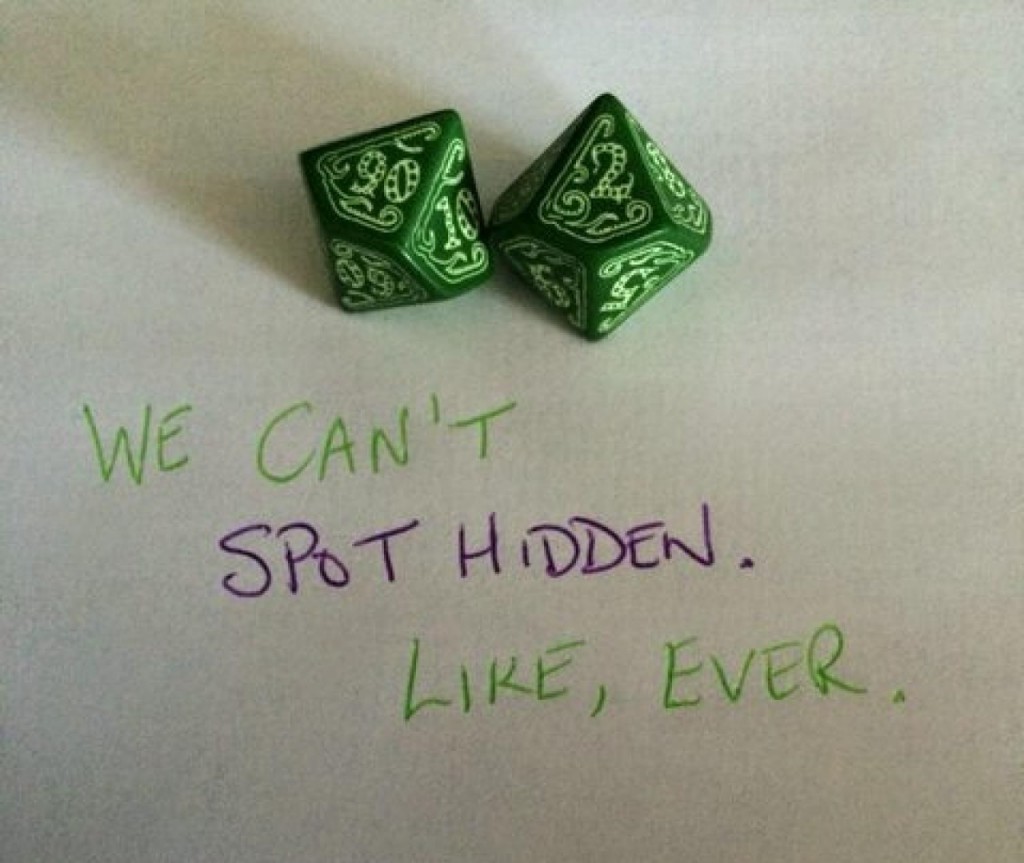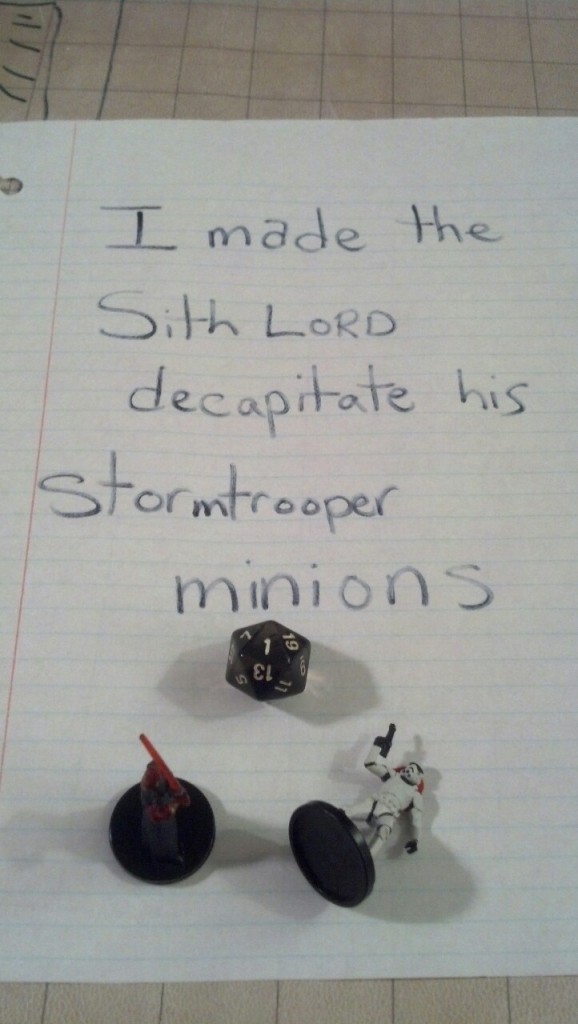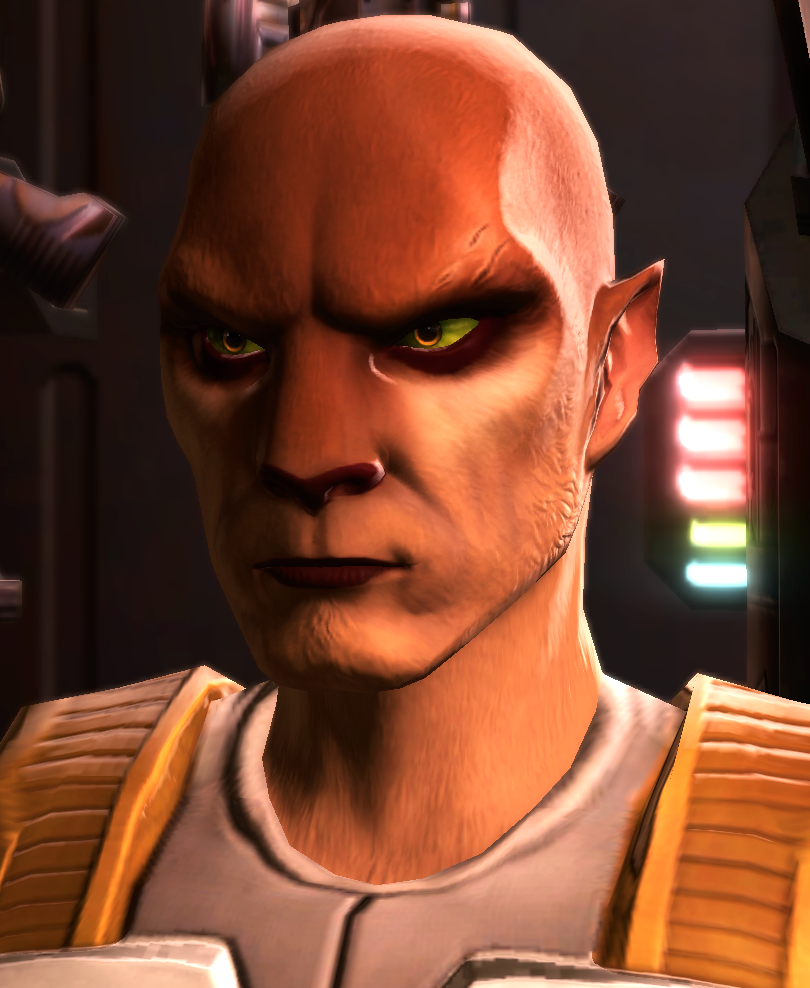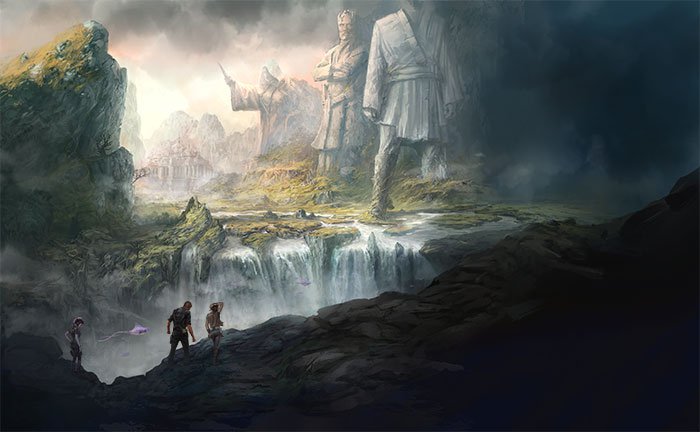Generally speaking, I’d like to know what my chances of success are for things I might do in a tabletop RPG, because I like making informed decisions. (That’s not to say I won’t do something off-the-wall with a small chance of success if it would be either awesome or funny.) I also like interesting dice mechanics. D&D 5e’s Advantage/Disadvantage system is actually one of my favorite things that was introduced in that edition. I have, several times, made use of anydice to either figure something out or compare options.

Dice pool systems obscure this somewhat by usually not having a fixed threshold, or not revealing the threshold if it is fixed. Even then, you will usually still know what an “average roll” looks like. Shadowrun 5 doesn’t use exploding dice for normal rolls and only counts 1s as special if you roll a lot of them, so generally speaking an average result is that 1/3 of your dice roll successfully. (Interestingly, the glitch rules make rolling small dice pools somewhat more risky than you might expect. Be aware of this if you have cause to roll a dice pool smaller than about 5.) Fate dice are even simpler, as no matter how many you have your average roll is going to be zero. (This is why Fate Points and aspects are so important in that system.)

And then there’s this
The new star wars RPG seems specifically designed to mess with my sense of chances of success. As we examined before, you’re slightly more likely to roll a success on a green die than you are a failure on a purple die, but the addition of advantage, threat, and the ability to upgrade/downgrade dice types all interfere with this. It’s also not a big enough difference to matter: 2 green dice vs. 2 purple dice is a little worse than a coin flip, since you need more successes than failures for a roll to succeed. 2 purple dice is a nice benchmark, since it’s the difficulty of a melee attack or a ranged attack from medium range against a target with no defense, which isn’t an uncommon situation.

In order to figure this out, I stuck some idealized SW dice into anydice. I made the assumption that as a starting character, you have a single point in the skill you’re attacking with, and a value of either 2, 3, or 4 in the relevant attribute. It’s possible for these numbers to be different on either side, but this should cover most starting characters. The results surprised me a little: With an attribute of 2 and a skill of 1, your odds of success are about 50%, and you don’t break a 75% chance to hit (a reasonable goal for D&D starting characters vs. AC 10) until you have 4 points in a stat (or enough skill investment to hit this dice pool from the other side). That last part is actually kind of important, because enough skill investment can do a lot for you. It starts earning you extra dice (instead of just better dice) once you pass the relevant stat value. Since you can raise skills easily with XP, it’s pretty important to do that with anything you’d like to use that you might not be naturally inclined to. Going from 1 point to 4 points in a career skill costs 45 XP, and that 4th stat point (at creation) costs 40 by itself, so this is a perfectly valid way to get good at something.

The framework I set up can be used for other rolls, but they tend to be a little less predictable, and you’re always subject to the GM’s whims (via Destiny Points) anyway. It also doesn’t take into account advantage/threat at all, especially considering that die faces with successes tend not to have advantages. It’s still an interesting bit of information, and it’s really hard to accurately guess. I hope your dice treat you well.




